Are you disturbed by the sight of your once-lush plum tree now looking like it’s on its last leg? If so, don’t be disheartened! It is possible to save a dying plum tree and bring it back to life with the right knowledge, techniques and patience. In this blog post, we’ll take an in-depth look at the workflow of reviving a sickly pearl plum tree. We’ll cover both common causes of decline and disease as well as natural solutions that can help restore vitality. With our thorough guide to reviving sick or dead trees, your beloved beauty can bounce back from its seemingly dire state more quickly than you may have thought possible. So let’s get going – here’s how to make sure your precious plum thrives!
Dying Plum Tree: Causes & Fixes
When a plum tree is not thriving, there are several potential causes. Common problems include: inadequate water, nutrient deficiencies, poor soil quality, pest infestations, and disease.
Nutrient Deficiencies: Plants that suffer from nutrient deficiencies will often show signs of yellowing leaves or stunted growth. A soil test can help identify any nutrient deficiencies in the soil and recommend specific amendments to correct them.
Poor Soil Quality: Plum trees need well-draining soil with a slightly acidic pH. If the tree is planted in heavy clay or waterlogged soils, it may struggle to survive. Consider adding organic matter such as compost or peat moss to the area around the tree to improve drainage and increase fertility.
Pest Infestations: Inspect your plum tree regularly for signs of pests such as aphids, scale insects, or borers. Treat infestations promptly with an appropriate pesticide or horticultural oil spray before they become too severe.
Disease: Diseases are a common cause of poor health in plum trees. If the tree is showing signs such as spots or lesions on its leaves, twig dieback, or stunted growth, consult with a Certified Arborist to diagnose and treat the problem.
With proper care and attention, it’s possible to save a dying plum tree. Effective management of water, soil quality, pests, nutrients and diseases can help revive it to full health.
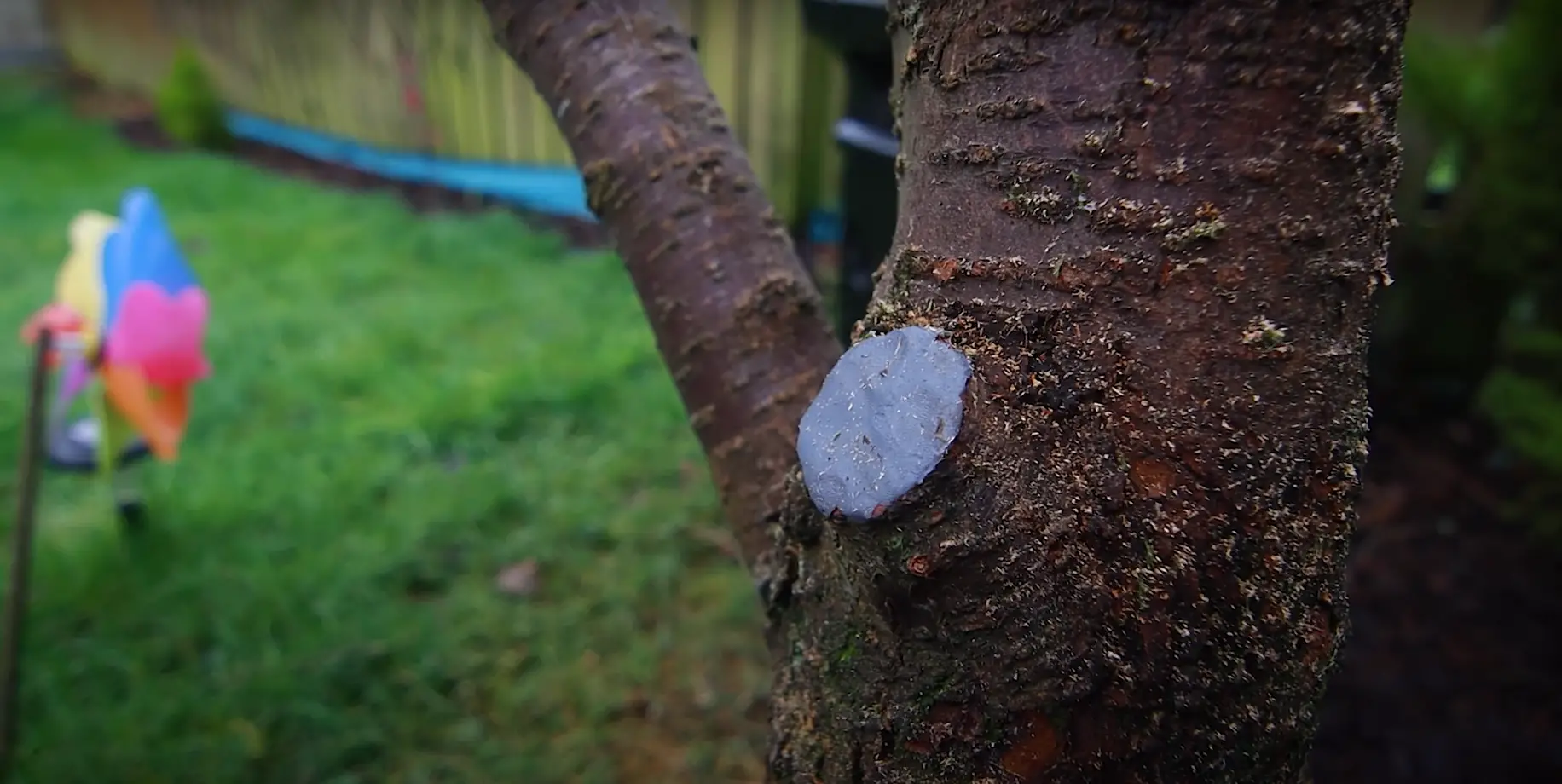
Top Tips in Reviving a Dying Plum Tree
Treat Insect Infestations
Plum Sawfly
Plum sawfly larvae eat the new leaves and flowers. Hand-picking is an effective way to remove sawfly larvae from your tree. If you observe a large infestation, consider spraying an insecticide that specifically targets this pest.
Aphids
Aphids are sap-sucking insects that can be difficult to spot as they hide underneath the leaves. Washing them off with a blast of water can help remove some of them but using insecticidal soap or neem oil might be necessary for larger infestations.
Scale Insects
Scale insects are plant parasites that feed on the sap and can be especially difficult to spot due to their waxy shells. To get rid of them, apply rubbing alcohol on a cotton swab and gently dab it on the scale. If the infestation is large enough, an insecticide may also work.
Wasps
Plum trees can be seriously affected by wasps, which are capable of causing damage to both the leaves and the fruit. To combat wasps, trap them with a specially designed wasp trap or use an insecticide that specifically targets them.
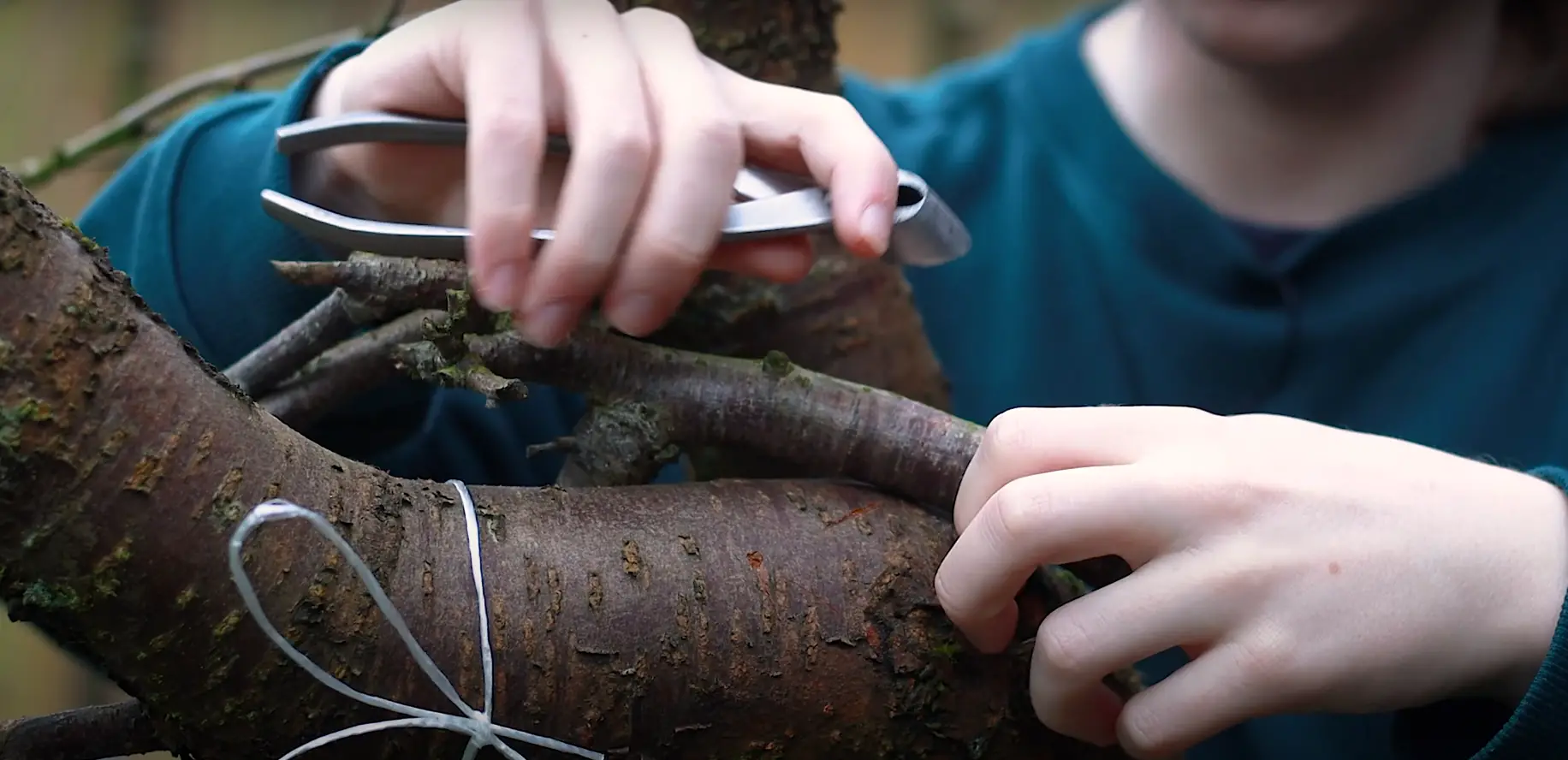
Treat Plum Tree Diseases
Brown Rot
This fungal disease begins as small black spots on the fruit and then spreads to twigs, blossoms, and leaves. In order to treat the tree, you should remove all the infected parts by pruning and dispose of them in a sealed plastic bag. Next, apply fungicide according to package directions.
Phytophthora Root Rot
This common fungal disease is caused by overwatering or poorly draining soil. You can treat it with fungicides to protect the tree from further infection and use a soil amendment to improve drainage in the area around the roots. Additionally, reduce watering to prevent future outbreaks.
Plum Pocket
This fungal disease causes dead spots on leaves and causes blisters on the top side of the fruit. To treat it, prune away all infected branches, twigs, and buds. Spray fungicide according to package directions over the remaining healthy branches and foliage. Additionally, apply a soil amendment to help balance nutrients in the soil.
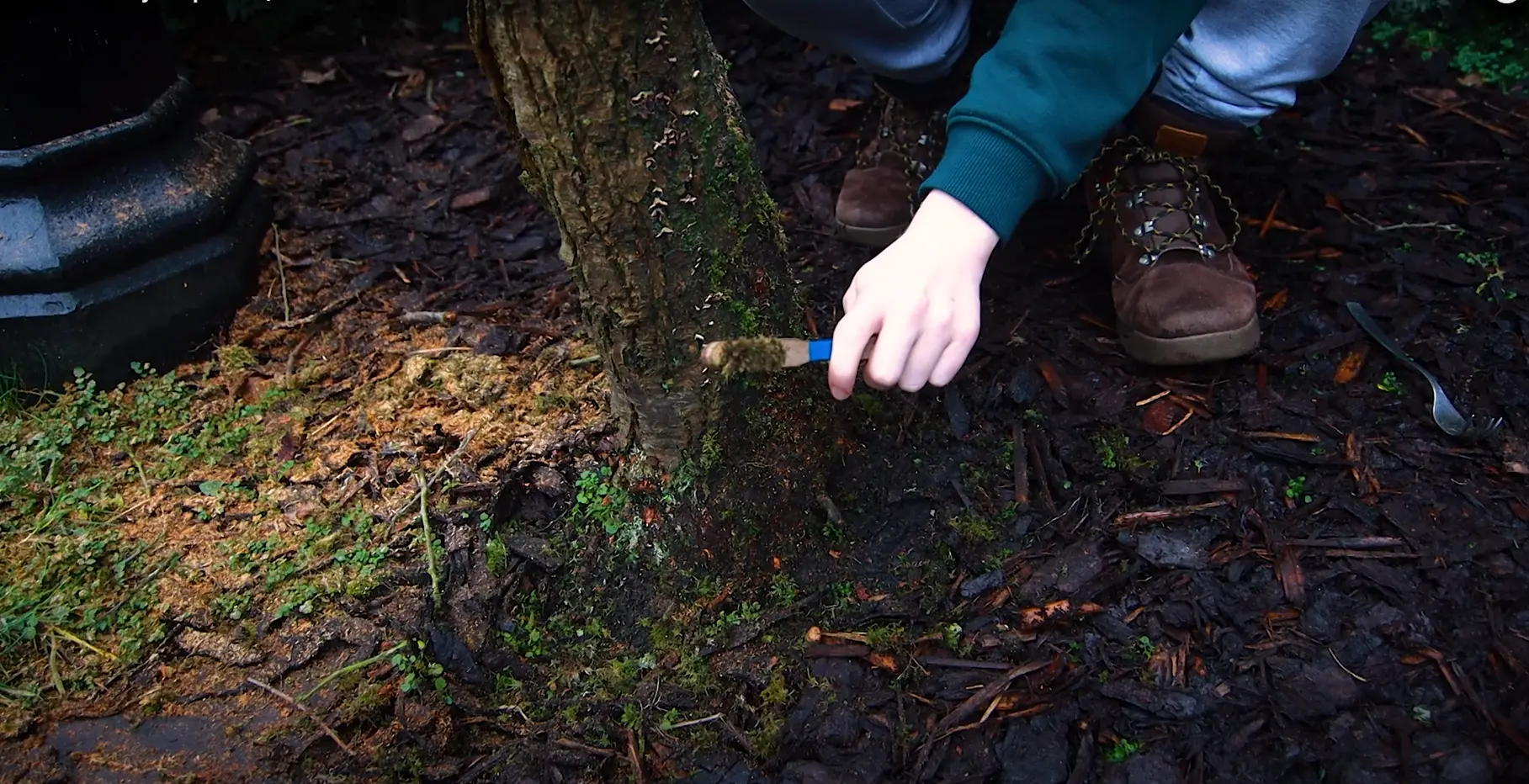
Black Knot
Black knot is a fungal disease that often affects plum trees. The fungus grows inside the tree’s bark and branches, causing them to swell and become black in color. If left untreated, this disease can eventually kill the entire tree. To treat black knot, prune away any affected areas of the tree. Be sure to cut at least 8 inches past the visible symptoms to ensure that you have removed all of the infected branches and bark. Disinfect your pruning shears between each cut with rubbing alcohol or a 10% bleach solution to prevent further spreading of the disease. Next, apply an appropriate fungicide spray to protect the remaining healthy parts of the tree from infection. Fungicides should be applied every 7-10 days during the growing season, as recommended by your local garden center.
Scabs
The fungus that causes scabs can be treated. First, remove any infected leaves and twigs from the tree. Dispose of them in a sealed plastic bag to prevent further spread of the disease. Then spray your tree with a fungicide containing copper or sulfur. Follow directions on label for application timing and dosage amounts. Once your tree is free from scab infection, prune away dead or damaged branches that may be harboring spores. You should also dispose of these in a sealed plastic bag to avoid spreading the disease further. Finally, provide proper care to ensure it stays healthy and vigorous: fertilize during growing season; water regularly; apply mulch around base of trunk but not up against it; and protect from extreme weather events such as frost and hail.
Cankers
Cankers are caused by a number of different fungi that can be difficult to manage. Prune out any affected branches, and dispose of them in a sealed bag. Then treat with a fungicide containing copper or sulfur. Follow directions on label for application timing and dosage amounts. You may need to retreat periodically if new infections occur. For effective control, it is important to apply treatments before symptoms appear. Providing proper care is also essential: fertilize during growing season; water regularly; apply mulch around base of trunk but not up against it; and protect from extreme weather events such as frost and hail.
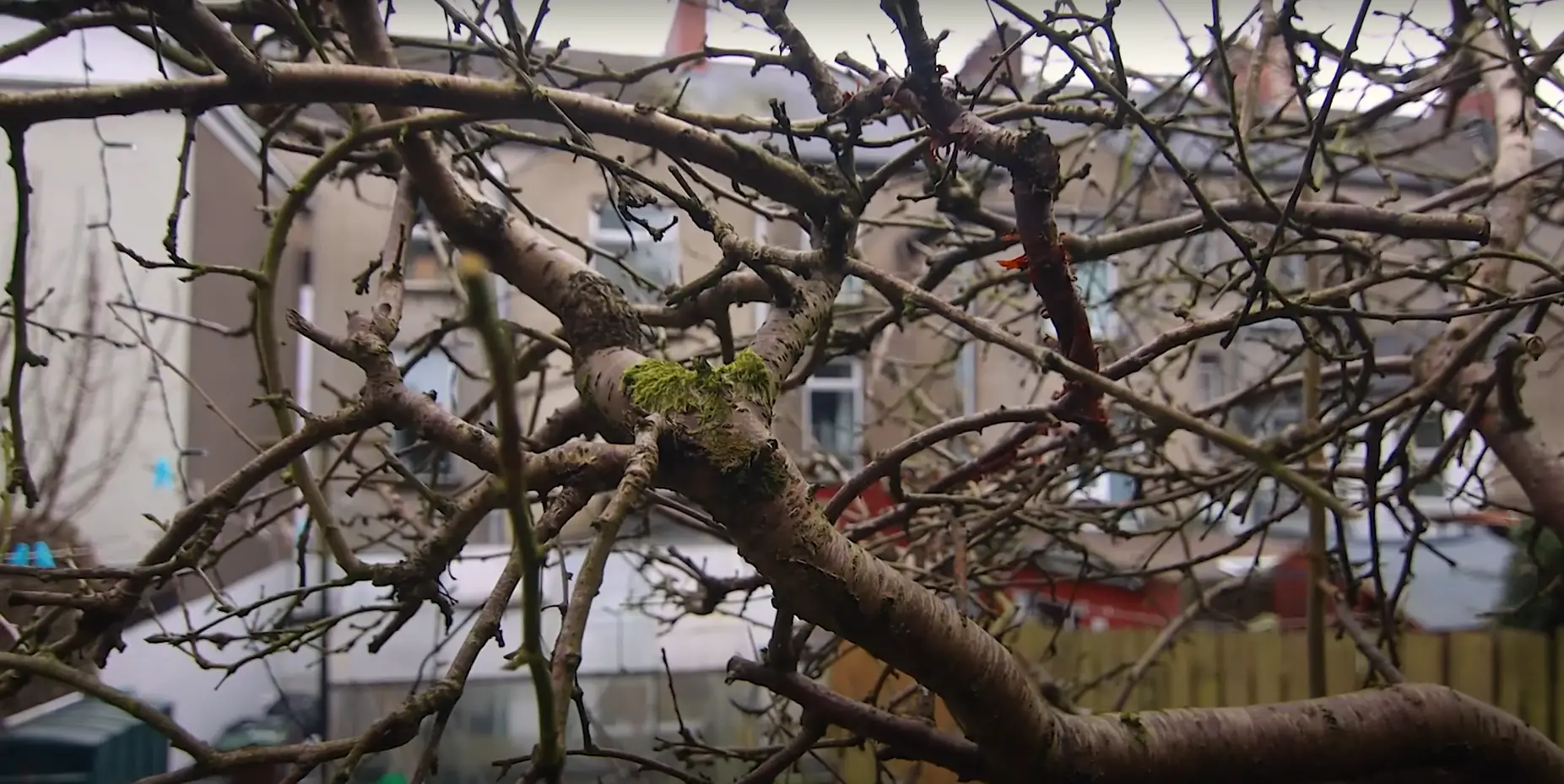
Treat Wilted Leaves
Wilted leaves on a plum tree could indicate multiple issues, but the most common cause is lack of water. The first step in reviving your plum tree should be to check soil moisture levels. You can do this by using a moisture meter or simply by sticking your finger into the soil around the base of the tree. If you find it to be dry, immediately give your tree a deep watering session to hydrate its roots and provide relief for wilting leaves. Additionally, if you notice wilting throughout the entire tree and not an isolated area, it may mean that your soil is overly compacted or full of weeds and grass competing with the root system for nutrients and water.
Pros and Cons of Growing Plum Tree
Pros:
- Plum trees are easy to grow and require minimal maintenance, so they make an ideal choice for gardens with limited space.
- Plums are packed with essential vitamins and minerals, making them a very nutritious addition to your diet if you choose to eat them fresh or cooked.
- The lovely blossom produced by the tree makes it a beautiful addition to any garden or landscaping project.
- Pruning of plum trees is relatively straightforward, which can help keep the tree healthy and productive over time.
- Plums come in a variety of colors and flavors, providing plenty of options for different tastes and preferences.
Cons:
- The trees tend to be somewhat short-lived, so they may not provide many years of fruit production.
- They are susceptible to several diseases and pests that can affect the tree’s health and its ability to bear fruit.
- Plums require full sun in order to thrive, so they may not be suitable for areas with limited sunlight.
- The trees need regular watering during dry periods in order to remain healthy and productive.
- Unripe plums can be quite tart, so depending on your preferences you may find them unappealing if not fully ripe before harvesting them.
Common Tips on Growing and Treating Plum Trees
- Plant the tree in well-draining soil with plenty of organic matter.
- Provide enough water and nutrients to keep it healthy – Give your plum tree at least one inch of water per week, especially during the hot summer months. Make sure to apply fertilizer every spring according to directions on the label.
- Prune regularly – It is important to keep a plum tree pruned so that it can grow properly and produce fruit abundantly. Remove dead or diseased branches, as well as any limbs that are growing too close together, crossing each other or falling onto another branch.
- Watch for pests and diseases – Be on the lookout for signs of bacterial spot disease, which causes dark spots on leaves and fruit. If you see this, prune away any affected branches and spray the tree with an appropriate fungicide. Also be aware of common pests such as aphids, which can be treated with insecticidal soap or neem oil.
- Provide support – A plum tree needs some form of staking or other support to provide stability in windy conditions. Use a sturdy stake secured to the trunk for larger trees or train smaller trees onto posts or trellises.
- Mulch around the base of the tree – Applying organic mulch around the base of your plum tree will help it retain moisture and prevent weeds from taking over its root system.
- Use the right pruning tools – Pruning is an important part of maintaining a healthy plum tree, but it must be done with the correct tools. Make sure you have sharp shears and saws on hand so that you can easily cut through branches without damaging the tree.
- Monitor for signs of distress – If your plum tree looks like it’s in trouble (such as wilting or discolored leaves), take action immediately! Check for signs of disease or pests, and if none are found, make sure that it has enough water and nutrients to keep it happy and healthy.
By following these tips, you will be on your way towards having a thriving plum tree in your garden. With a little bit of love and care, you can ensure that your tree is healthy and producing delicious fruit for many years to come!
FAQ
How do you treat an infected plum tree?
Treating an infected plum tree requires proper diagnosis of the issue. First, contact your local cooperative extension office or professional arborist to have the tree inspected. Depending on the severity of infection, you may need to prune unhealthy branches and limbs, apply fungicides or insecticides for pests and diseases, fertilize the soil with essential micronutrients, and ensure that your tree is receiving adequate amounts of water.
What are some signs that a plum tree is dying?
Some signs that a plum tree may be dying include wilting and yellowing leaves, reduced fruit production, small leaf size, black spots on leaves and fruit, discoloration on bark or woody areas of stem/branches, weak or damaged limbs, and pest infestations.
How do you revive a dying plum tree?
Reviving a dying plum tree may require a combination of practices such as proper pruning, soil fertilization, pest control, and water management. Start by inspecting the condition of your tree’s soil to ensure that it is receiving adequate nutrients from fertilizer. Prune away any diseased or dead branches and limbs to improve air circulation. Finally, keep an eye on pests and use insecticides or fungicides when needed.
What causes plum tree leaves to curl up?
Plum trees may suffer from a variety of problems, including leaf curl. Leaf curl is caused by fungus-like organisms called Phytoplasma or viruses and can be spread to other members of the family Rosaceae, which includes apples, pears and cherries.If your plum tree has become infected with leaf curl, it’s important to act quickly in order to revive your dying tree. Start by pruning affected branches – cutting them back to healthy growth – to prevent the spread of disease. Next, treat your tree with a fungicide appropriate for use on plums. Be sure to follow the directions carefully when using any kind of pesticide or fungicide as improper use can cause more damage than good.
What is the lifespan of a plum tree?
The lifespan of a plum tree depends on its variety and the care it receives. Some varieties may live up to 30 years, although fruit production typically diminishes after about 10 years. Regular pruning and fertilizing can help extend the life of your plum tree as well as increase its yield. Taking these steps to keep your plum tree healthy and happy will help ensure that you get many years of enjoyment from it. Finally, make sure to water your tree regularly (either with rainwater or an irrigation system) and mulch around the base to prevent weeds from competing for nutrients in soil. These simple tips should help you revive a dying plum tree and enjoy its bounty for many years to come.
How do you know if a tree is infected?
It is important to recognize the signs of disease or damage that can indicate a tree is in distress. Look for wilting leaves, discoloration, spots on foliage, weakened limbs, and other signs of decay. If a tree looks unhealthy and is not responding to watering or pruning, it may be dying due to a deeper problem such as an infection or root rot.If you believe your plum tree is sick or infected, there are some steps you can take to try and revive the tree before removing it completely. Begin by assessing the situation— if only one branch seems affected with wilted leaves and branches then it could be caused by something like insufficient water availability or pest infestation. In this case, watering deeply and regularly should help, as well as removing any affected branches. If the problem is more widespread, there could be a deeper underlying cause like infection or root rot. In this case, it’s important to diagnose and treat the tree quickly in order to save it from further damage.
Useful Video: Rescuing a Dying Plum Tree – Niwaki
Conclusion
Reviving a dying plum tree is possible and requires patience. After determining the cause of death, you should prune the dead branches and cut off any diseased parts. Then, water the tree regularly and apply both organic compost or mulch around its base to help retain moisture in the soil. Finally, make sure to fertilize your plum tree if necessary to keep it healthy and thriving. With proper care and attention, your dying plum tree can be brought back from the brink of death! Good luck with bringing your plum tree back to life!
References:
- https://plantophiles.com/plant-diseases/how-to-revive-a-dying-plum-tree/
- https://gardentabs.com/plum-tree-dying/
- https://www.organiclesson.com/plum-tree-dying/
- https://gardenguider.com/how-to-revive-a-dying-plum-tree/
- https://plantvillage.psu.edu/posts/6899-plum-and-prune-my-plum-tree-seems-to-be-dying-how-can-i-save-it
- https://snippets.com/how-can-you-revive-a-dying-plum-tree.htm





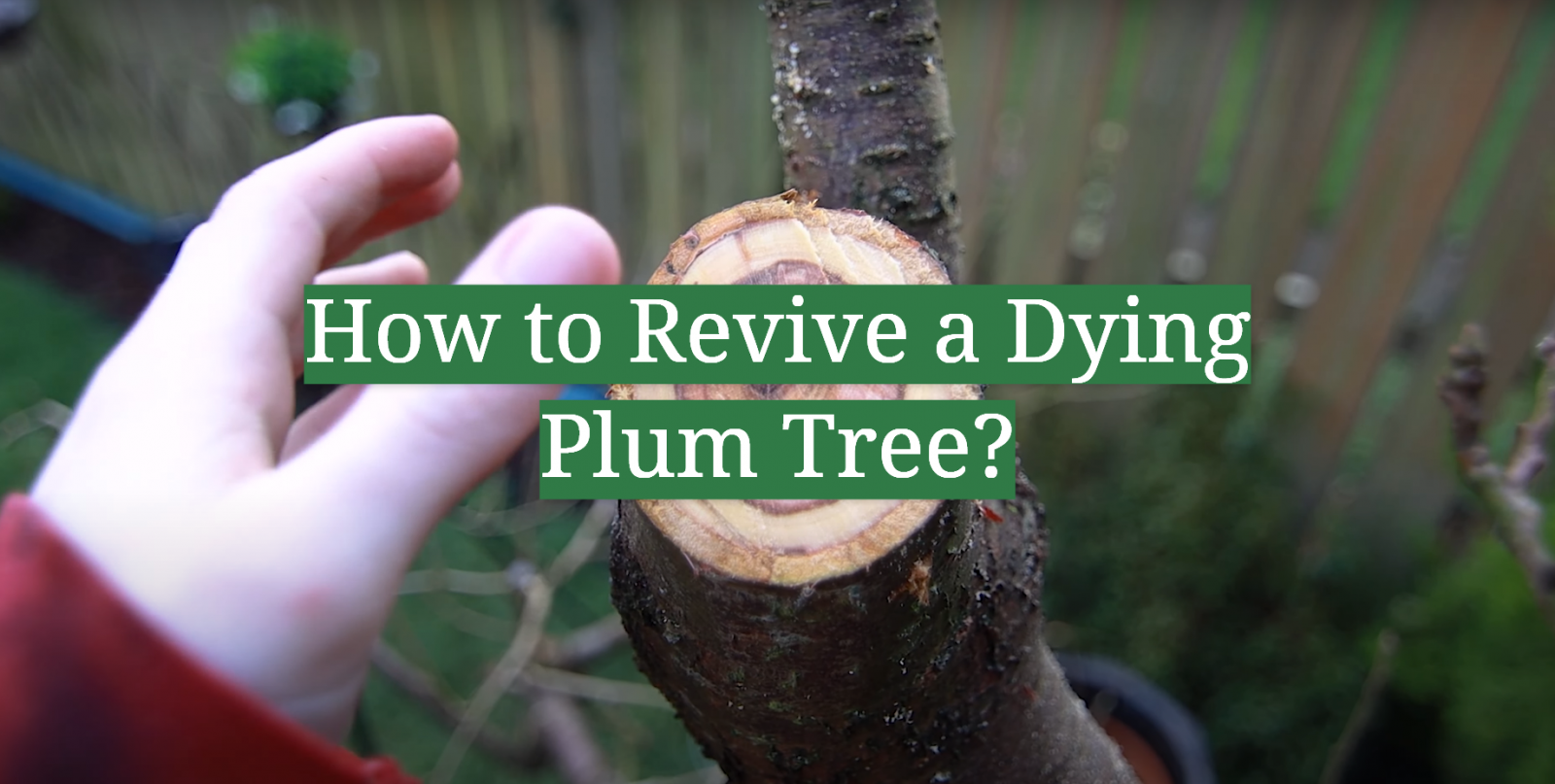
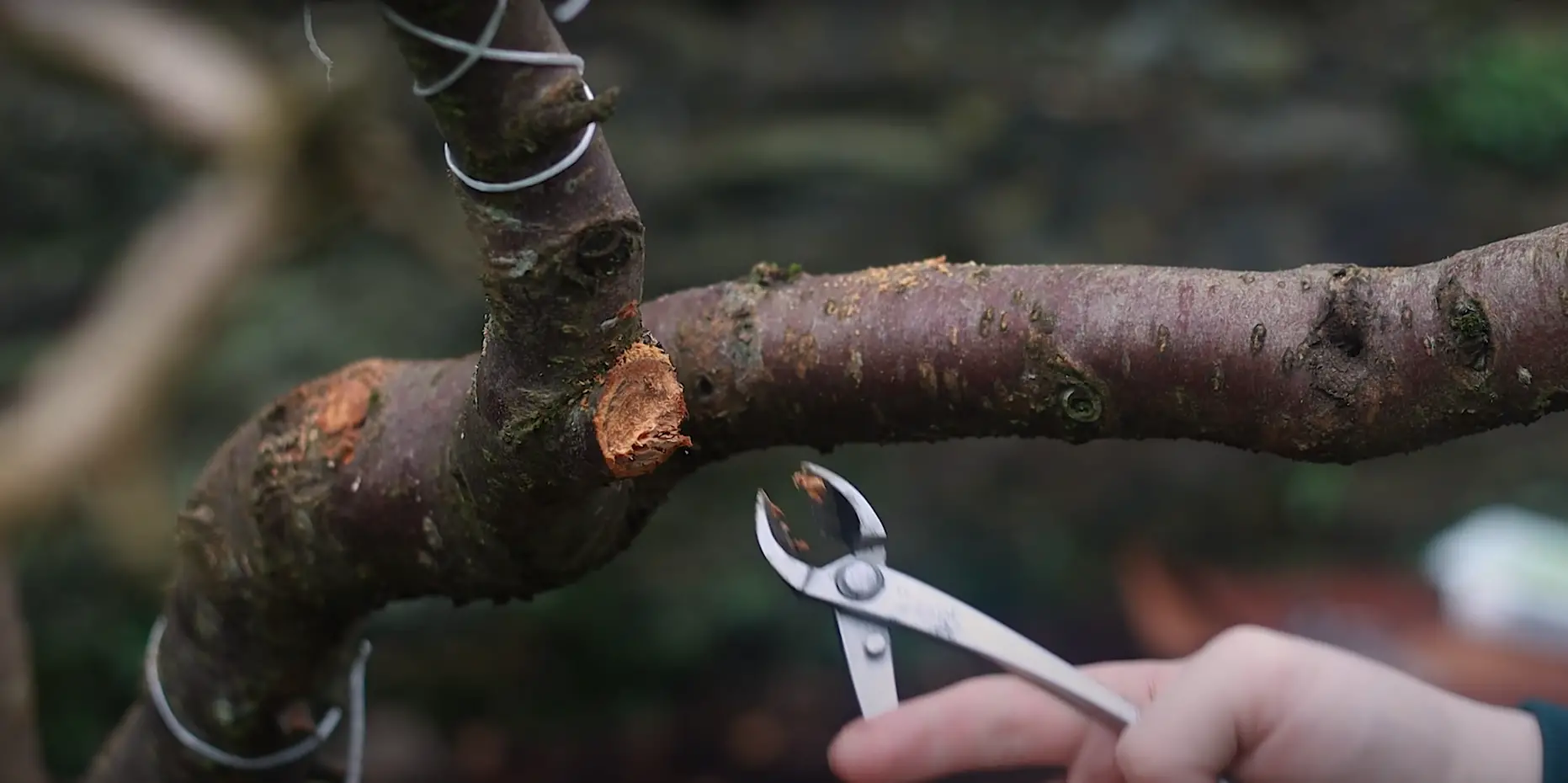




Leave a Reply
View Comments